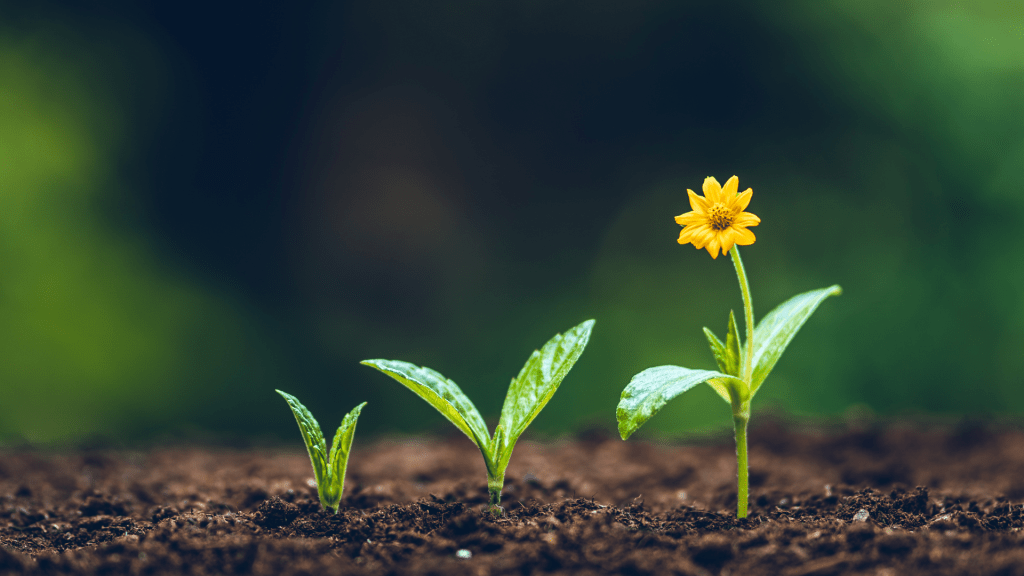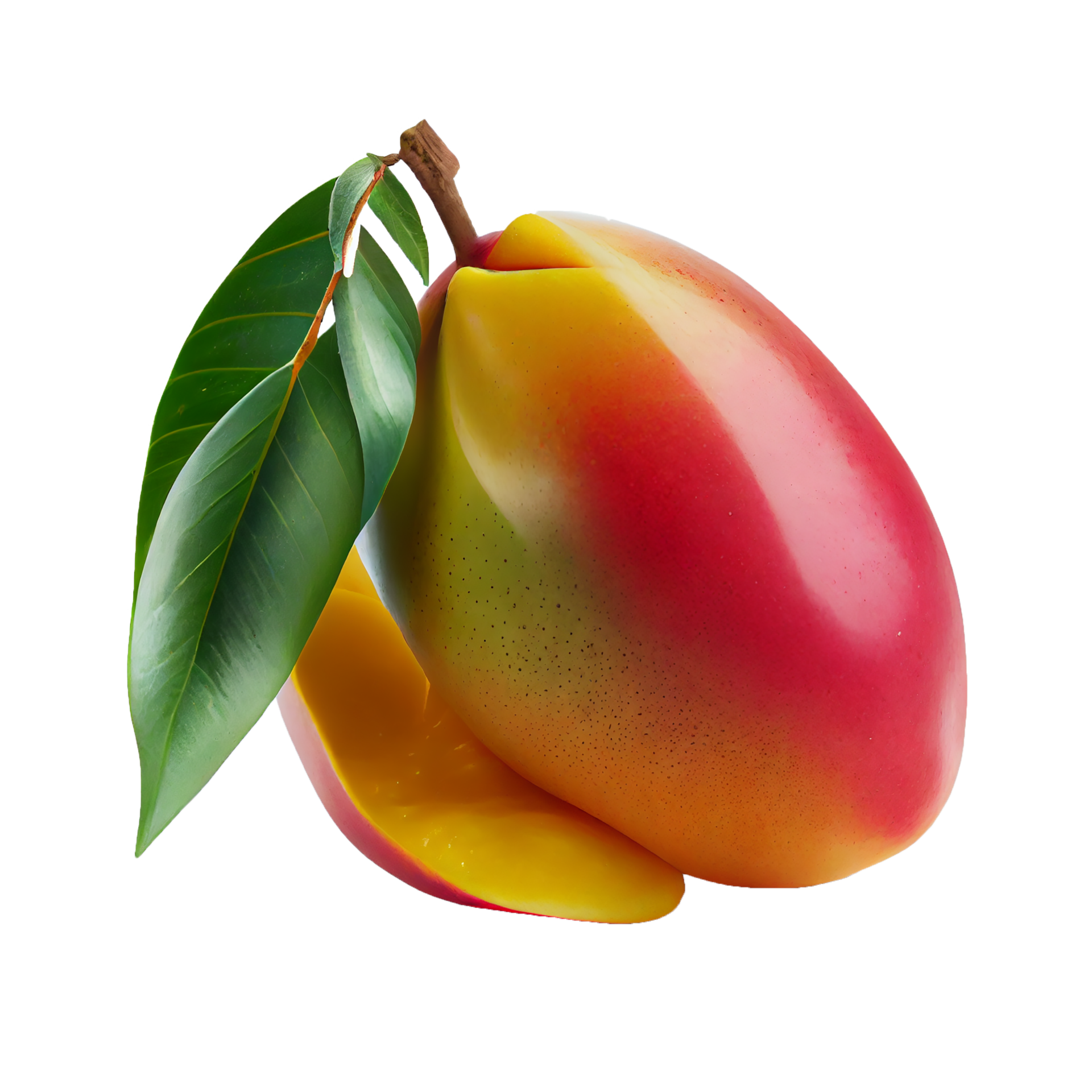The Ultimate Guide to Growing Tropical Fruits in the United States
Did you know that pawpaws, a truly delicious, custard-like fruit native to the eastern United States, are actually considered a tropical fruit relative? While not conventionally "tropical," their genetics link them to tropical species, and they thrive in surprisingly cold climates. This surprising fact highlights the potential for successfully cultivating a wide range of "tropical" and subtropical fruits in the US, often with some creative adaptation.
Understanding Climate Zones for Tropical Fruits
The success of tropical fruit trees US depends heavily on understanding your local climate. While the term "tropical" evokes images of year-round warmth, many fruits traditionally associated with the tropics can tolerate cooler temperatures, especially with proper protection. The USDA Plant Hardiness Zone Map is an invaluable tool. It divides the country into zones based on average minimum winter temperatures. While true tropical fruits like mangoes and coconuts are generally limited to Zone 10 and 11 (southern Florida, coastal California, and Hawaii), subtropical fruits can thrive in Zone 8 and 9, and even colder zones with microclimates and protection. Consider factors beyond your zone, such as average rainfall, humidity, and sunlight hours.
Furthermore, it's crucial to recognize microclimates within your yard or garden. A south-facing wall can create a warmer microclimate, allowing you to push the boundaries of what you can grow. Conversely, low-lying areas prone to frost pockets should be avoided for sensitive tropicals.
Choosing the Right Tropical Fruits for Your Region
Not all tropical fruits are created equal when it comes to cold hardiness. Some are more adaptable than others. Here's a breakdown of some popular options and their climate requirements:
- Mangoes: Growing mangoes in USA is mostly limited to Zone 9b and warmer. Select cold-hardy cultivars like 'Glenn' or 'Carrie.' Grafted trees are essential for reliable fruiting.
- Bananas: Banana tree care US varies greatly depending on the variety. Many ornamental bananas are hardy to Zone 8, while fruiting varieties generally need Zone 9 or warmer. Consider dwarf varieties for easier management and potential indoor growing.
- Citrus: While technically subtropical, many citrus fruits like lemons, limes, oranges, and grapefruits can be grown in Zone 9 and even Zone 8 with protection. 'Improved Meyer' lemon is a popular choice for its cold hardiness.
- Avocado: 'Hass' avocados, the most common type, are hardy to Zone 9. However, Mexican avocado varieties can tolerate temperatures down to 20°F for short periods.
- Pineapple: Pineapples can be grown as far north as Zone 8 with proper winter protection. They thrive in containers and can be easily moved indoors.
- Guava: Guava is hardy to zone 9, and strawberry guava even tolerates zone 8.
When choosing your fruits, consider the mature size of the tree. Dwarf varieties are often better suited for smaller gardens or container growing. Research specific cultivars known for their disease resistance and cold hardiness in your area. Consult with local nurseries or extension services for recommendations.
Preparing Your Site and Planting Your Tropical Fruit Trees
Proper site preparation is essential for the long-term health and productivity of your tropical fruit trees.
Soil Preparation
Most tropical fruits prefer well-drained soil that is rich in organic matter. Amend heavy clay soils with compost, aged manure, or other organic materials to improve drainage and aeration. Sandy soils may need added organic matter to improve water retention. A soil test is highly recommended to determine the pH and nutrient levels. Most tropical fruits prefer a slightly acidic soil pH of 6.0 to 6.5.
Planting Techniques
Dig a hole twice as wide as the root ball and just as deep. Gently remove the tree from its container and loosen any circling roots. Place the tree in the hole, ensuring the top of the root ball is level with the surrounding soil. Backfill the hole with amended soil, gently tamping it down to remove air pockets. Water thoroughly after planting. Mulch around the base of the tree with organic mulch, such as wood chips or straw, to help retain moisture, suppress weeds, and regulate soil temperature.
Spacing
Proper spacing is crucial to avoid overcrowding and ensure adequate sunlight and air circulation. Research the mature size of your chosen fruit trees and space them accordingly. Dwarf varieties can be planted closer together than standard-sized trees. Generally, allow at least 15-20 feet between large trees like mangoes and avocados. For smaller trees like citrus, 10-15 feet may be sufficient.
Providing Ongoing Care for Your Tropical Fruit Trees
Once your tropical fruit trees are planted, they require consistent care to thrive and produce fruit.
Watering and Irrigation
Tropical fruits generally need consistent moisture, especially during the growing season. Water deeply and regularly, especially during dry periods. Avoid overwatering, which can lead to root rot. Drip irrigation is an efficient way to deliver water directly to the root zone. Adjust your watering schedule based on rainfall and temperature.
Fertilizing
Tropical fruit fertilizer requirements vary depending on the specific fruit and the soil conditions. A balanced fertilizer with micronutrients is generally recommended. Apply fertilizer in spring and summer, following the manufacturer's instructions. Avoid fertilizing during the dormant season. Consider using organic fertilizers like compost tea or fish emulsion.
Pruning
Pruning helps maintain the shape of the tree, improves air circulation, and encourages fruit production. Prune in late winter or early spring, before new growth begins. Remove any dead, diseased, or crossing branches. Thin out the canopy to allow sunlight to penetrate. Avoid heavy pruning, which can reduce fruit production.
Frost Protection
Frost protection tropical fruit is crucial for growing tropical fruits in cooler climates. Here's a table outlining various methods:
| Method | Description | Suitability | Cost |
|---|---|---|---|
| Row Covers | Lightweight fabric covers placed over plants to trap heat. | Small trees and shrubs. | Low |
| String Lights | Incandescent string lights wrapped around the tree to provide warmth. (Avoid LEDs) | Small to medium-sized trees. | Medium |
| Blankets or Tarps | Heavy-duty covers used to insulate the tree. | Small to medium-sized trees. Ensure adequate airflow. | Medium |
| Greenhouses or Cold Frames | Enclosed structures that provide complete protection from frost. | All sizes, but expensive. | High |
| Heaters | Propane or electric heaters used to warm the air around the tree. | Larger areas, but expensive to operate. | High |
| Watering before a freeze | Watering the soil before a freeze releases heat as the water freezes, helping to keep the soil warmer. | All sizes, but can be less effective than other methods in severe freezes. | Low |
Monitor the weather forecast closely and take action before a frost is expected. For container-grown plants, simply move them indoors to a protected location. Be aware that citrus fruits are particularly sensitive to frost and will need significant protection.
Pest and Disease Management
Tropical fruit trees are susceptible to various pests and diseases. Monitor your trees regularly for signs of infestation or disease. Common pests include aphids, scale, mealybugs, and fruit flies. Common diseases include fungal infections, root rot, and citrus canker. Use integrated pest management (IPM) techniques to control pests and diseases. IPM involves using a combination of cultural practices, biological controls, and chemical controls to minimize pesticide use. Encourage beneficial insects like ladybugs and lacewings, which prey on pests. Use organic pesticides like neem oil or insecticidal soap when necessary. Ensure good air circulation and drainage to prevent fungal diseases. Remove any infected leaves or branches promptly.
Harvesting Your Tropical Fruits
Knowing when to harvest your tropical fruits is crucial for enjoying their optimal flavor and texture. Each fruit has its own specific indicators of ripeness. Mangoes, for example, will often develop a slight aroma and yield slightly to pressure when ripe. Bananas should be allowed to fully ripen on the tree for the best flavor. Citrus fruits will develop a deep color and become slightly softer when ripe. Research the specific ripening characteristics of your chosen fruits to ensure you harvest them at the peak of their flavor.
Indoor Tropical Fruit Growing
Even if you live in a colder climate, you can still enjoy exotic fruit gardening by growing tropical fruits indoors. Select dwarf varieties that are well-suited for container growing. Provide bright, indirect light, consistent moisture, and regular fertilization. Consider using a grow light to supplement natural light, especially during the winter months. Maintain a consistent temperature and humidity level. Pollinate the flowers by hand, using a small brush to transfer pollen from one flower to another. Citrus, dwarf bananas, and certain types of figs are well-suited for indoor tropical fruit growing.
Troubleshooting
- Lack of Fruit Production: Possible causes include insufficient sunlight, improper pollination, nutrient deficiencies, or stress from cold temperatures. Ensure your trees are getting enough sunlight, fertilize them regularly, and protect them from frost.
- Yellowing Leaves: Could indicate overwatering, nutrient deficiencies, or pest infestations. Check the soil moisture level and amend with appropriate fertilizer. Inspect the leaves for signs of pests.
- Leaf Drop: May be caused by sudden changes in temperature, overwatering, or underwatering. Maintain consistent moisture and temperature levels.
- Pest Infestations: Treat with appropriate organic pesticides or introduce beneficial insects.
Pro Tips
- Join a local gardening club or online forum dedicated to tropical fruit growing.
- Visit local nurseries or botanical gardens to see how tropical fruits are grown in your area.
- Experiment with different varieties and techniques to find what works best for you.
- Don't be afraid to ask for help from experienced growers.
- Grafting can improve cold hardiness and disease resistance.
FAQ
- What are the best tropical fruits to grow at home? This depends on your climate. Citrus, bananas, and avocados are popular choices for warmer regions. Pineapples and figs can be grown in containers and moved indoors.
- How do I protect my tropical fruit trees from frost? Use row covers, string lights, blankets, or greenhouses. Move container-grown plants indoors.
- What kind of fertilizer should I use for my tropical fruit trees? A balanced fertilizer with micronutrients is generally recommended.
- How often should I water my tropical fruit trees? Water deeply and regularly, especially during dry periods. Avoid overwatering.
- When should I prune my tropical fruit trees? Prune in late winter or early spring, before new growth begins.
Growing tropical fruits in the US might seem challenging, but with careful planning, proper site selection, and diligent care, it's entirely possible to enjoy homegrown, exotic delights. Share your experiences and questions in the comments below – let's cultivate a community of tropical fruit enthusiasts!


